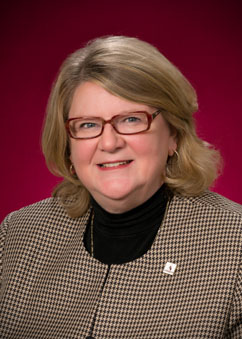
Photos and text used with permission of
Peggy Yehl Burke.
My introduction to the neurofibromatosis world was abrupt. My daughter called after my three-year-old granddaughter's routine check-up with news that the pediatrician had referred her for testing for NF. I was surprised and have to admit that I did not even know what NF was. It was even more puzzling to hear that the referral was triggered by the number of café au lait-colored spots and freckles in her armpit. In a very short period of time I learned that my granddaughter not only had NF1, but that the mark on her back that had been called a birthmark by previous pediatricians was in all probability a growth related to the NF. Just a few short weeks after diagnosis she had a plexiform fibroma removed from her lower back.
This was the beginning of my learning curve. I discovered that with no history of NF on either side of the family, this was the result of a spontaneous mutation. As I learned more and read more I learned there was no cure. I also learned about a scary set of manifestations of this disease that could happen, but that there was no way to predict what would happen. Like all grandmothers, I desperately wanted to make it better. I wanted my beautiful granddaughter to have a healthy, full life. I was searching for a way to have an impact, somehow, so that I could feel that I was making a difference for her.
Investigating NF led me down the path of trying to find out who was doing research on this condition, and who was funding that research. When I became aware of the Neurofibromatosis Research Program as a funder for some of the research, I immediately applied to serve as a consumer reviewer. I am not a scientist (although I was a science major in college) but I figured I had enough knowledge to understand the proposals. I was comforted to learn that I would be part of a fairly large panel with scientists and researchers as well as other consumers like myself. It was reassuring that together we would be making our best judgments to recommend funding those proposals that seemed most promising.
I have now reviewed grants for the NFRP for three years. It is gratifying to know that my opinion has been valued by the review teams. Because I review with attention to what the proposed protocol would mean to real people with NF whom I have come to know, I can contribute something valuable to the discussion. I feel empowered to know that in my small way I am helping my granddaughter and others who are living with this disease.
Last updated Thursday, May 26, 2022














